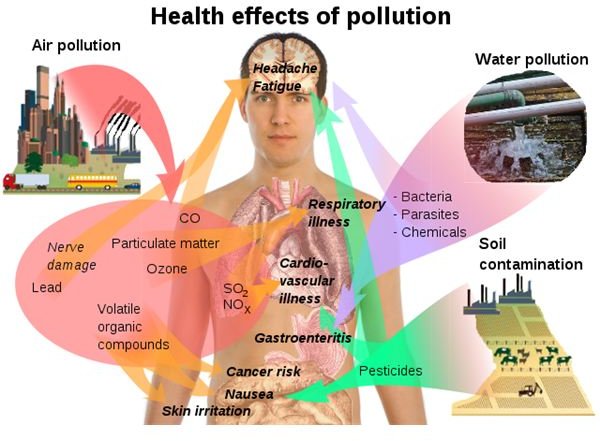

Though increased water decreased the pesticide’s potency in the nectar of the flowers, the negative effects on bees were still observed. In addition, half the plants were treated with the insecticide. Plants were selected based on their popularity at nurseries, drought tolerance to ensure blooming even without much water, and their attractiveness to bees. To test these assumptions, the researchers raised bees on flowering native plants in pots that either received a lot of watering, or a little. The researchers were also curious whether increased watering could benefit bees despite insecticide exposure by increasing the quantity or quality of nectar offered by the plants. Going into the study, he assumed that more water would dilute the amount of harm they caused the bees. The effects are deadly no matter how much the plants are watered.”Ĭecala said he was surprised by this result, given that neonicotinoids are water soluble. “But they’re usually applied in higher amounts to ornamental plants for aesthetic reasons.

“Neonicotinoids are often used on food crops as a seed treatment,” explained UCR entomologist and lead study author Jacob Cecala.

However, this study is one of the few to examine neonicotinoid application in potted ornamental plants, which can represent more potent, acute sources of exposure to the toxin for bees. Much research has focused on their use in food crops like canola, in which they are typically applied at low doses. They are widely used by commercial growers. The study has now been published in the journal Proceedings of the Royal Society B: Biological Sciences.Ĭhemically similar to nicotine, neonicotinoids are insecticides that protect against plant-consuming insects like aphids, but seriously harm beneficial insects, like bees. Alfalfa leafcutter bee used to study effects of insecticide and watering practices.


 0 kommentar(er)
0 kommentar(er)
